J-STORIES - In the Noto Peninsula region, which was struck by a magnitude 7.6 earthquake on Jan. 1 this year, many disaster-stricken areas still lack a clear prospect for recovery. In addition, Japan is known as one of the most disaster-prone countries in the world, where earthquakes, floods, and landslides occur frequently in various locations each year. Various measures to reduce the burden of evacuation life are needed to avoid disaster-related deaths and other casualties. Among these, the quality of daily meals is a key factor in maintaining nutritional balance and reducing the psychological burden of prolonged evacuation.
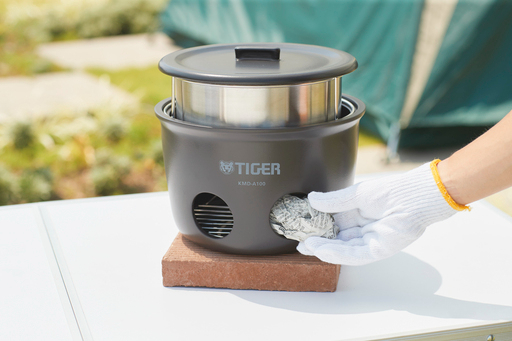
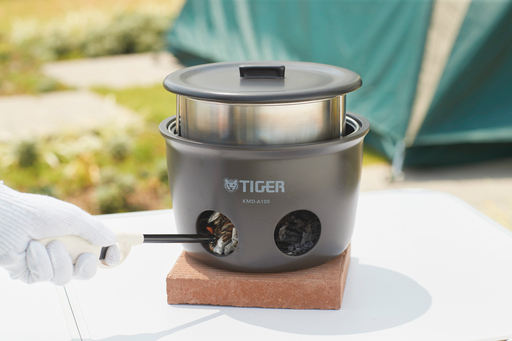

Now, a Japanese company has produced an emergency rice cooker that can be used anywhere, even without electricity or gas. All you need is a piece of newspaper. The rice cooker recently went viral on social media for its unique feature.
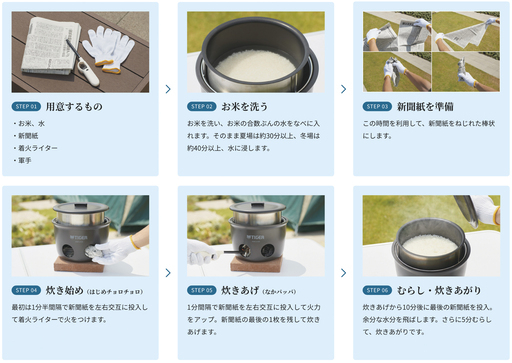
The “Magic Stove-cooked Rice,” which is "Maho no Kamado Gohan" in Japanese, was developed by Tiger Corporation. The Osaka-based company became well known for creating sturdy flasks that survived the 1923 Tokyo Earthquake. Tiger started selling Maho no Kamado Gohan rice cooker in October 2023 to mark the 100th anniversary of the historic event. It was an immediate hit, with over 5000 orders placed at the beginning of the year.
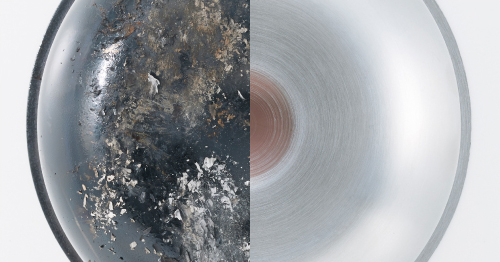
To use the rice cooker, newspaper or milk carton cardboard is alternately inserted into two holes in the base and then ignited. Forty-four newspaper pages are enough to cook five cups of rice, which takes about 40 minutes (without considering the time to soak the rice beforehand.) The inside of the pot has lines showing the exact amount of water required. This reduces the chance of burning the rice. It is easy and convenient to use, even when water supplies are limited.
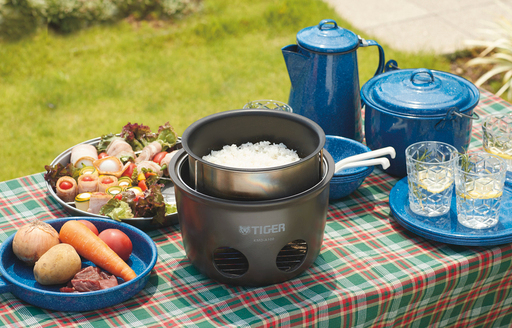
This rice cooker became a hot topic after the Noto Peninsula earthquake, which struck on New Year's Day. Posts about the rice cooker were viewed more than 12.5 million times on various social media platforms as many talked about the rice cooker’s value during natural disasters.
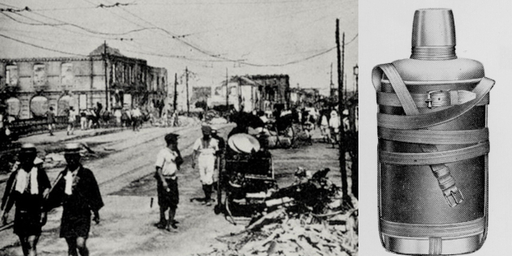
The most important part of a rice cooker is the inner pot, which greatly affects the quality of the cooked rice. This is where each manufacturer applies the best technologies and innovation. But the repair period for these inner pots is set by national guidelines, and when the period passes, the parts are typically thrown away.
In this company, the repair period (the period following manufacture for which the maker is obliged to keep necessary parts in stock) was extended to ten years from six, unlike the national guidelines. In addition, the "Magical Stove-cooked rice" reuses left-over pots for repair, a new attempt at sustainable product manufacturing.
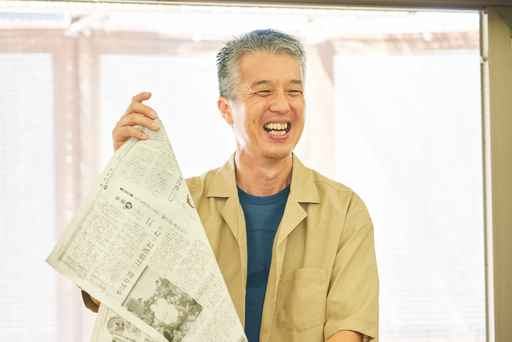
Project leader Katsunori Murata developed the rice cooker. Murata, who had been working in quality control at Tiger for almost 30 years, moved to customer services in 2020 and faced challenges of recycling spare parts. “Speaking of inner pots in a rice cooker, they are expensive items that companies devote a great deal of effort. When I thought about how we could reuse them, I remembered as a young man I had cooked rice using newspaper while working part-time at a nature activity center,” said Murata during an interview.
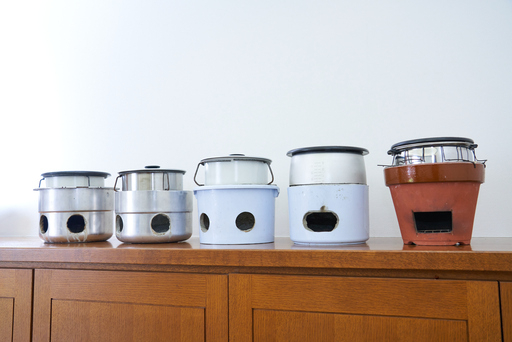
Murata explained how he and his team worked on rice cooker prototypes at home during the Coronavirus pandemic. “We used flowerpots and plastic buckets to make over 70 prototypes and kept running experiments to improve combustion efficiency and get the product closer to launch,” said Murata.
Murata says the finished rice cooker can be easily lit using a piece of newspaper inserted at the right time without the worries of how much water to use, which is a typical problem with other open-air cooking methods.
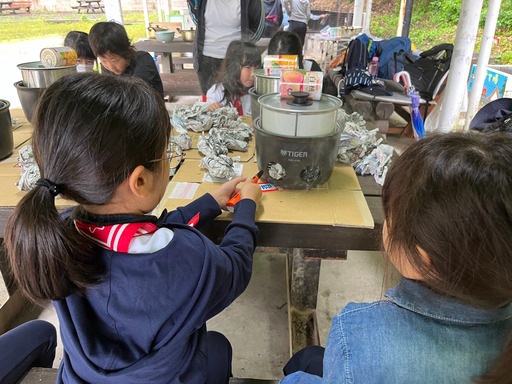
The rice cookers are often used during disaster-prevention training events. He says that many people reluctantly participate, thinking they will have to eat poorly cooked food. But they end up having fun using this rice cooker and learning how to make delicious rice.
Although Murata and his team have not received any direct feedback regarding the use of rice cookers since the earthquake, he says, "I am frustrated that we have not been able to help the areas affected by the Noto earthquake. In the future, we need to create opportunities for not only individuals, but also for local governments and others to recognize the value of this rice cooker as a disaster prevention measure."
“Japan is prone to natural disasters. The younger generation, especially children, have a greater possibility of directly experiencing a major disaster in the future,” said Murata. “That is why we would like to expand the opportunities for people to learn that rice can be cooked even without electricity or gas through various events, as a way to make as many people aware of disaster prevention and rethink how much they are prepared for an emergency."
Translation by Tony McNicol
Editing by Chika Osaka
Top page photo by Tiger Corporation
For inquires about this article, please contact us at jstories@pacificbridge.jp
***
Click here for the Japanese version of the article.
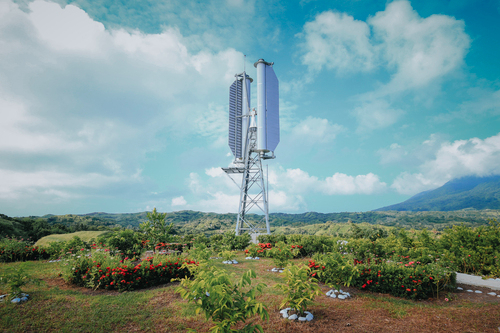



![[Podcast] Japanese technology to supercharge human fertility (Part 3)](https://storage.googleapis.com/jstories-cms.appspot.com/images/1766558713084place-for-scientific-research-2025-03-07-14-08-49-utc%20(1)_bigthumbnail.jpeg)
![[Interview: Part 2] A digital approach to tackle child hunger in Japan with dignity](https://storage.googleapis.com/jstories-cms.appspot.com/images/1766130666509unnamed_bigthumbnail.jpg)
![[Podcast] Japanese technology to supercharge human fertility (Part 2)](https://storage.googleapis.com/jstories-cms.appspot.com/images/1765863548035unnamed-7_bigthumbnail.jpg)
![[Podcast] Japanese technology to supercharge human fertility (Part 1)](https://storage.googleapis.com/jstories-cms.appspot.com/images/1765440905082unnamed_bigthumbnail.jpg)
_bigthumbnail.jpeg)





![[Interview] When digital and physical worlds meet](https://storage.googleapis.com/jstories-cms.appspot.com/images/1747974430456unnamed-2_smallthumbnail.png)
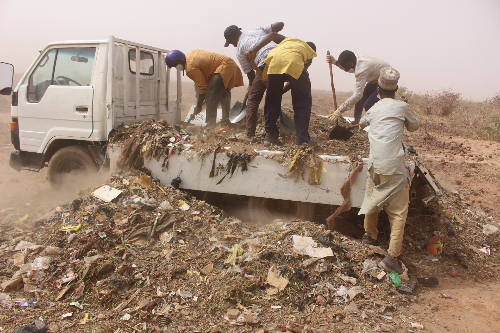



_smallthumbnail.jpeg)

![[Interview: Part 1] From nourishing souls to feeding the hungry](https://storage.googleapis.com/jstories-cms.appspot.com/images/1763695595492unnamed_smallthumbnail.jpg)

